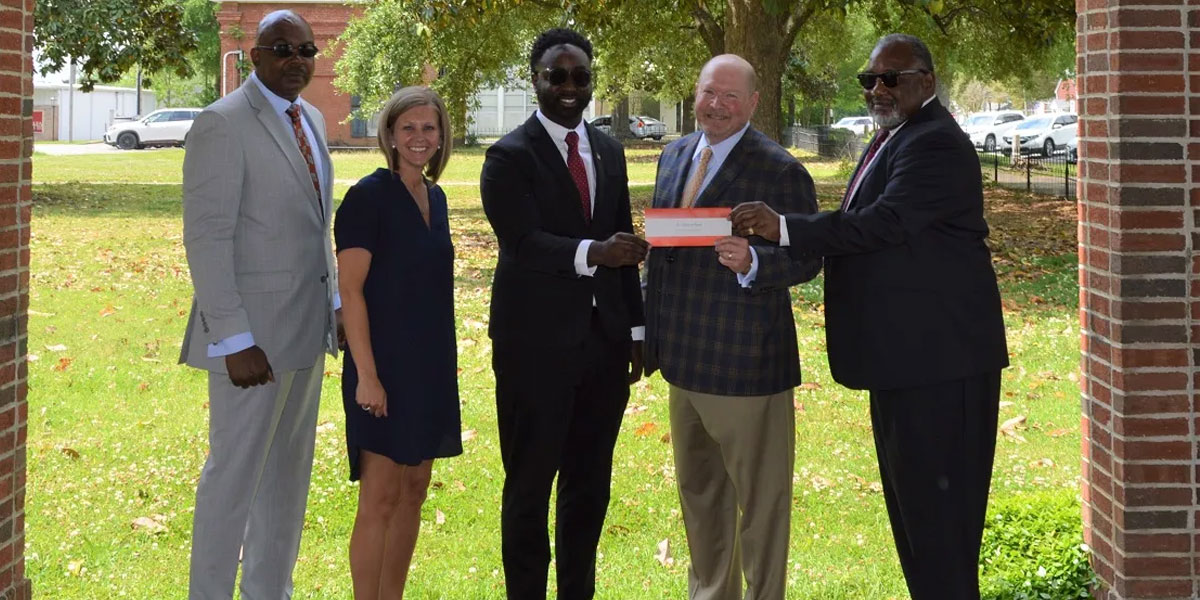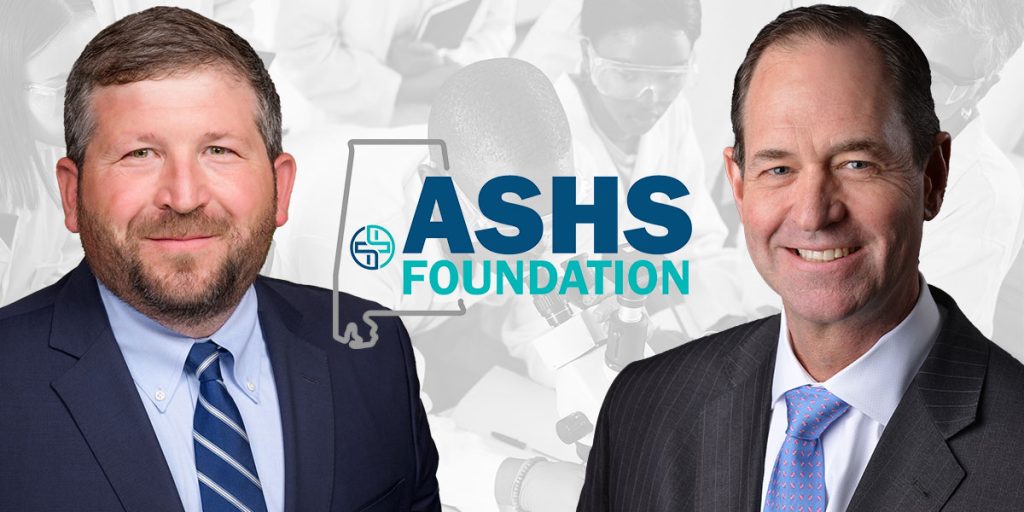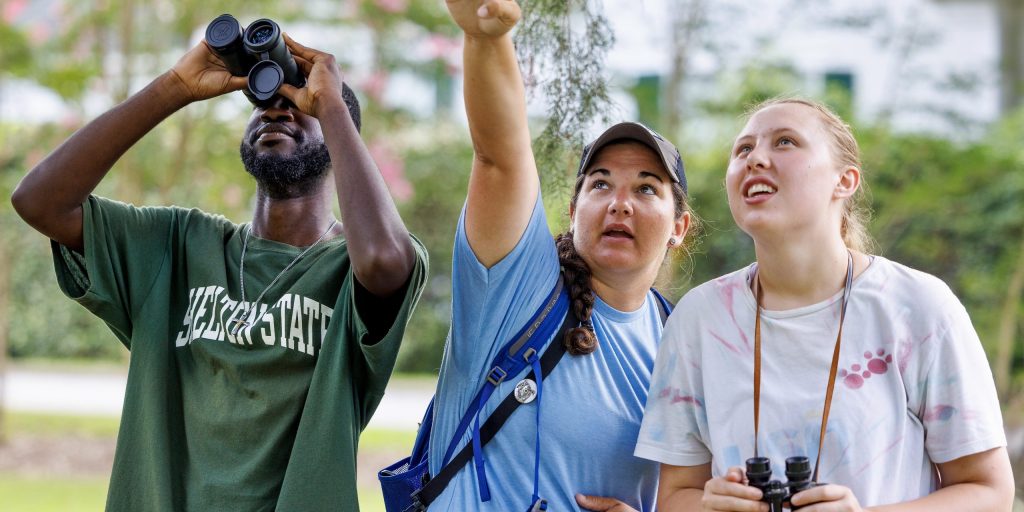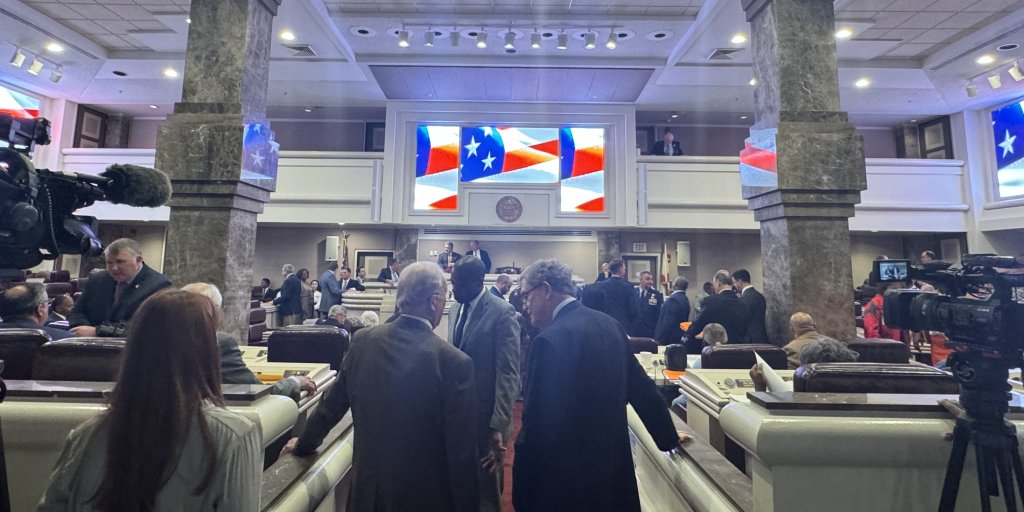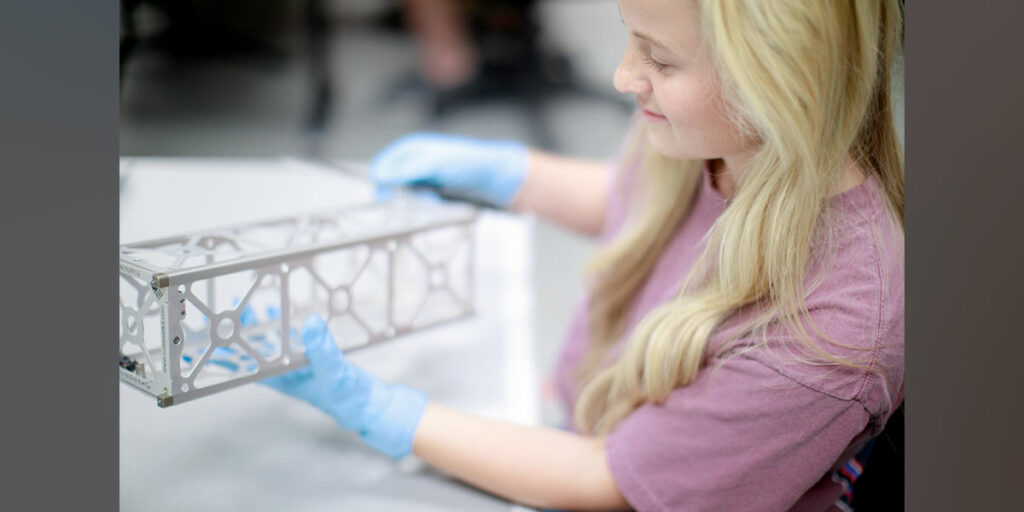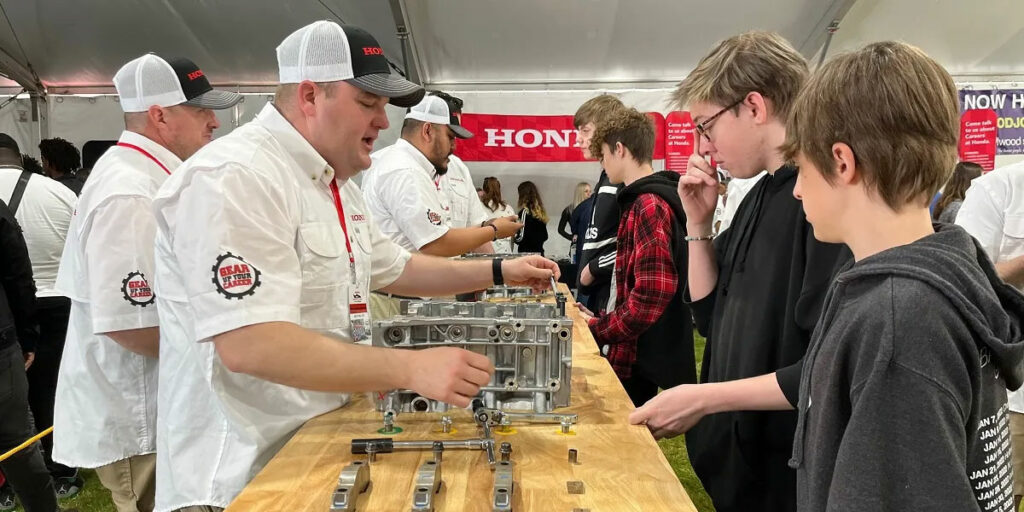More students in Alabama’s Black Belt will have the opportunity to learn about science, technology, engineering and mathematics (STEM) careers through a unique program that uses brain responses.
Chris Crawford, assistant professor in the University of Alabama’s Department of Computer Science, will expand the Black Belt STEM project to Sumter County schools beginning this fall. Crawford is currently working in Hale and Greene counties with the program and will continue his work to create awareness of computer programming, engineering and robotics careers through use of neurophysiological responses.
“I am a product of Alabama’s Black Belt and grew up in Greene County. I must give credit to my teachers and mentors in Greene County for getting me interested in this field of work,” said Crawford. “Because of that, I know the importance of creating awareness of STEM careers among students in this part of the state where resources are limited. I want these students to use their brains to learn differently and apply thinking concepts in a whole new way.”

Crawford will work with University of Alabama research students to offer the program at Sumter Central High School and University Charter School in Livingston. Students will explore next-generation physiological computing systems to better understand human-computer interaction. Additionally, the program will integrate career awareness modules that increase the students’ knowledge of local job opportunities and prepare students to continue their education at colleges and universities.
“We are excited that our students will have the opportunity to explore STEM careers in a whole new way,” said University Charter School Head of School and Superintendent JJ Wedgworth. “Chris Crawford’s work and research is innovative, and we hope that our students will be inspired by this program to create their own innovative career paths.”
A grant from the Alabama Power Foundation made expansion of the program possible. Alabama Power Western Division Vice President Mark Crews believes this program is promising for west Alabama students and hopes to see further expansion across the state.
“Expanding this program in the Black Belt area allows us to reach students with a modern approach to introducing STEM careers in schools. We know that the future workforce of Alabama is heavily influenced by technology, so this is a vital step in preparing students for future jobs,” said Crews. “The work that Chris Crawford is doing is so important and we are grateful that the Alabama Power Foundation is providing him the opportunity to share his expertise with students in our area.”
Sumter County School System Superintendent Anthony Gardner added, “We greatly appreciate the partnership with Alabama Power, Chris Crawford and the University of Alabama that allows us to bring new and meaningful experiences to our students in Sumter County. It is no secret that there are bright minds in Alabama’s Black Belt, and I hope that this program brings more awareness to the endless possibilities of our students.”

In addition to serving as an assistant professor, Crawford directs the university’s Human-Technology Interaction Lab (HTIL). His research focuses on human-robot interaction and Brain-Computer Interfaces (BCIs). He has investigated systems that provide computer applications and robots with information about a user’s cognitive state.
His work on the development of the “Brain Drone Race” has been featured internationally and in more than 800 publications, including Forbes and The New York Times. Along with investigating brain-robot interaction applications, Crawford also recently developed Neuroblock, a software platform for developing neurofeedback applications. He is the recipient of a 2021 National Science Foundation CAREER award.
“It feels amazing to be able to continue my work in an area that is home to me,” Crawford said. “I truly believe that expanding the work we’re doing at the university into the community is impactful and I am pleased that this work is a part of the core mission of the University of Alabama’s College of Engineering. I hope to see this program facilitate communication between our business community and our schools to address workforce needs. There’s no doubt in my mind that programs like this are the future of STEM careers.”
To learn more about Crawford and his work, visit htilua.org.
(Courtesy of Alabama NewsCenter)




